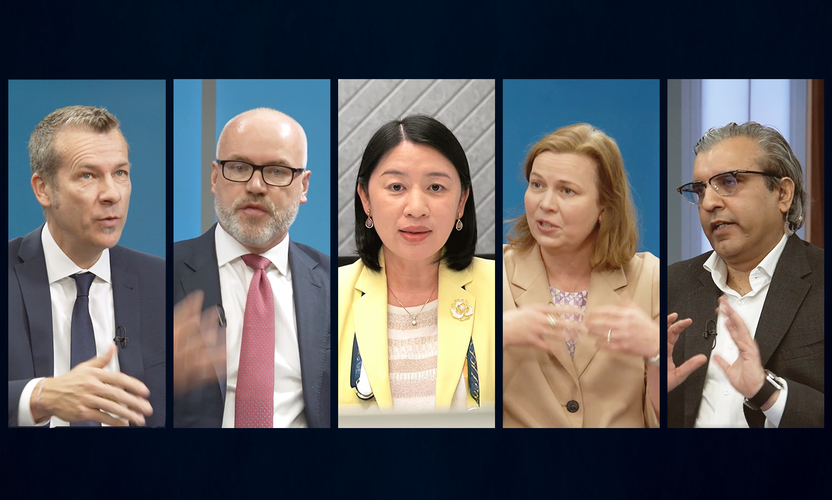The FLI quantitative ‘bet’ continues to support Fidelity Solutions & Multi Asset’s risk-on outlook, where we are positive on equity and credit, and less favourable on exposure to duration. We expect to remain in the ‘lockdown’ phase of this year for another month or so. Countries are differentiated by their Covid-19 caseloads and strategies, and high-contact services industries remain badly impacted.
Sector developments paint a positive if less-optimistic picture, as all sectors are in the ‘top-right’ quadrant (signalling growth that’s above trend and accelerating) albeit accelerating at a slower pace.
The two best-performing sectors are the least exposed to services, which is not surprising. Commodities remain firmly in the top-right quadrant, as Chinese stimulus continues to provide buying demand. Industrial orders also stayed solid for another month. The US and Japan are experiencing strong demand, with inventory-to-sales ratios improving, and German new foreign orders are also well-supported.
Business surveys have seen the biggest deterioration, with softening across regions as either renewed lockdowns bite or previous strong momentum simply runs its course. Global manufacturing and services PMIs do remain in expansion, however, and ‘new orders to inventories’ ratios point to a strong restocking cycle.
Global trade is in the ‘top-right’ quadrant despite slowing momentum in the data, having previously been an outperformer. The recovery in Korean exports has stalled, although semiconductor shipments continue to rise, which bodes well for the tech cycle.
The Consumer and Labour sector has stabilized in the ‘top-right’ with most indicators experiencing positive growth. Consumer confidence remains flat across Europe and the US, despite renewed restrictions. The labour market continues to normalize in the US but is stalling somewhat with the weekly initial unemployment claims up from the lows.
Beyond February, ‘re-opening’ will gain more traction, as the virus trajectory improves and vaccine rollouts pick up speed. Countries will be differentiated by the success of their vaccine program, although fortunately developed market populations are now fully covered in terms of vaccine procurement. The latter stages of the year will be a more classic ‘recovery’ whereby permanent scarring from the Covid recession becomes a key consideration.
The good news is the fiscal package agreed by the US Congress, while the surprising ‘Democratic sweep’ will likely unlock a much easier US fiscal outlook for the coming years. This is essential for preventing more scarring from the short-term pain that the world’s largest economy is experiencing this winter.
In terms of risks, we will be watching to ensure that central banks’ commitments to exceptionally easy monetary policy are not questioned, and that real rates remain deeply negative to feed the huge global debt overhang. It is also important to monitor bottlenecks in vaccine rollouts. The tail risk is a more negative virus mutation that changes the timeline for reaching a ‘post-Covid’ normal, but developments so far do not appear to be game changers.







































